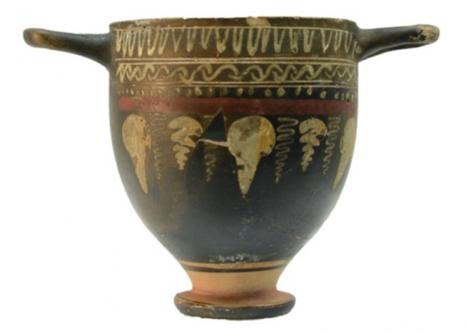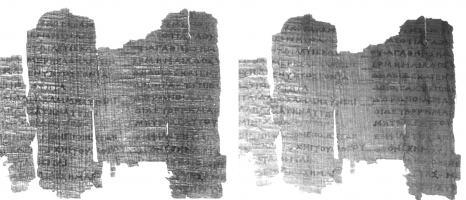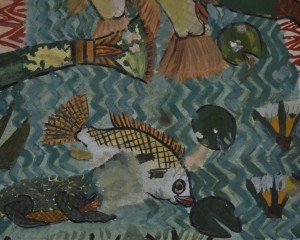
Eleni Kotoula
I earned my BSc in Conservation of Antiquities and Works of Art from the Technological Educational Institution of Athens in 2007. My BSc thesis was dealing with Fourier Transform Infrared (FTIR) monitoring of the artificial ageing of commercial acrylic and vinyl adhesives/consolidants, in the form of thin films on glass as well as applied on clay mortars. In 2008 I transferred to the MSc in Archaeological Computing (Virtual Pasts), University of Southampton. My MSc thesis was focused on virtual reconstruction and ageing analysis of a glass, an enamelled metal and a painted ceramic from the collection of the Archaeological Museum of Southampton. I further developed my skills in Hawk University of Applied Sciences and Arts - Hornemann Institute, Germany, following a continuing education programme for professional conservators in 2009. In 2010 I started my PhD, which examines the application of computer graphics in conservation-restoration of artefacts.
I am working either as museum conservator (painted surfaces, wood, bone, metal, glass, stone, ceramic) or in monuments and archaeological sites (wall painting, mortar, stone, mosaics) since 2004. My working experience includes cooperation with museums, cultural organizations and research centres in Greece, such as:
The National Hellenic Research Foundation (NHRF)
KH' Ephorate of Prehistoric and Classical Antiquities, Amphipolis
ΚΖ’ Ephorate of Prehistoric and Classical Antiquities, Makrigialos
Archaeological Institute of Macedonian and Thracian Studies, Thessaloniki
8th Ephorate of Byzantine Antiquities, Ioannina
Institute of Nuclear Physics, NCSR Demokritos, Athens
Building Materials Laboratory, School of Civil Engineering, Aristotle University of Thessaloniki
Art Diagnosis Centre Foundation Ormylia, Chalkidiki
American School of Classical Studies at Athens, Pylos










